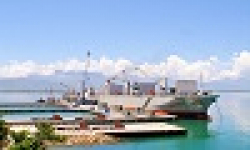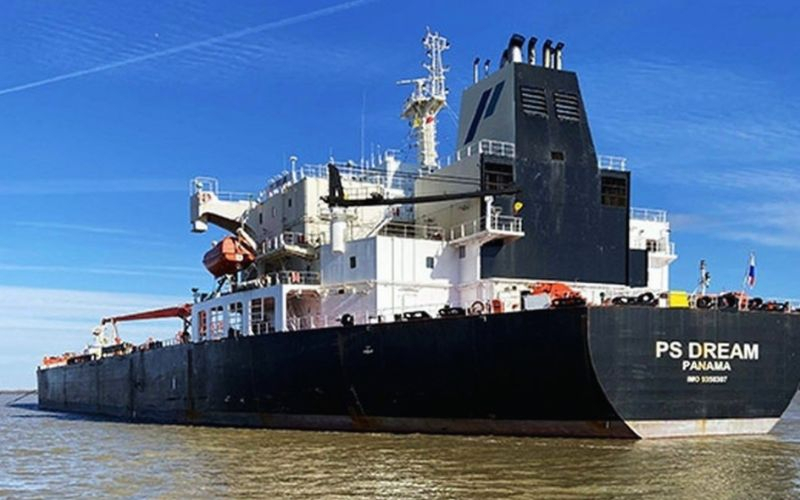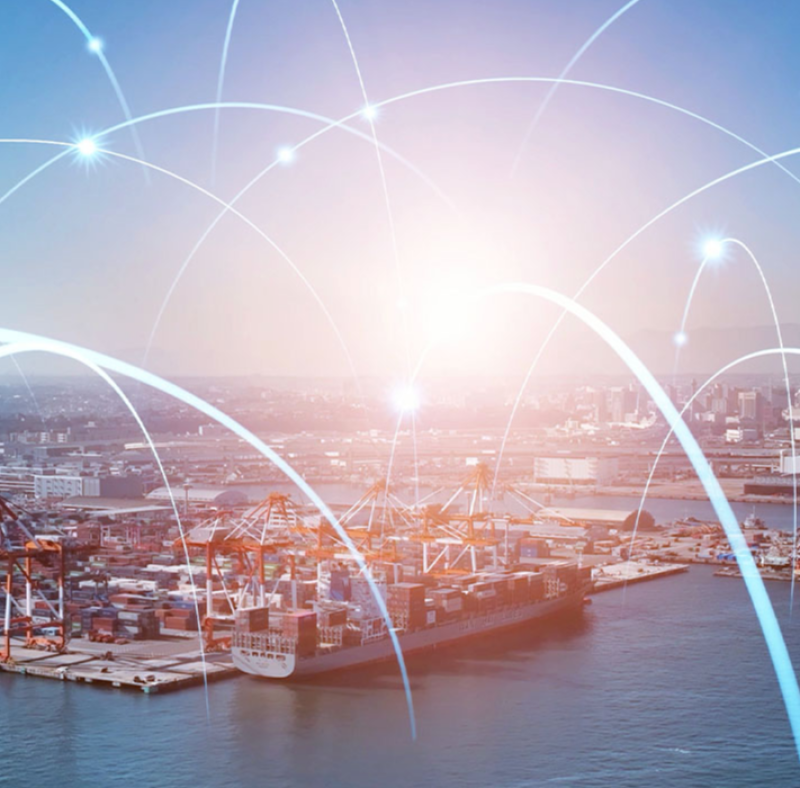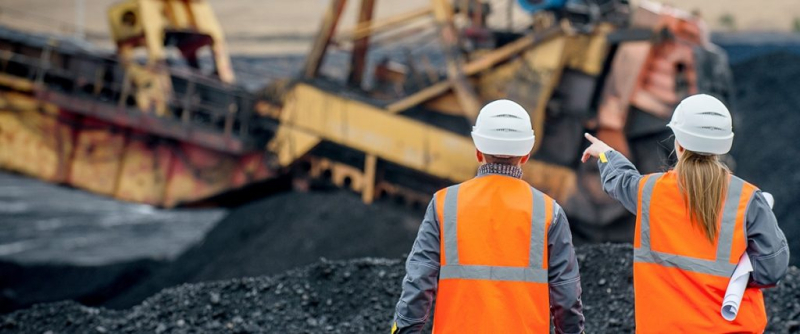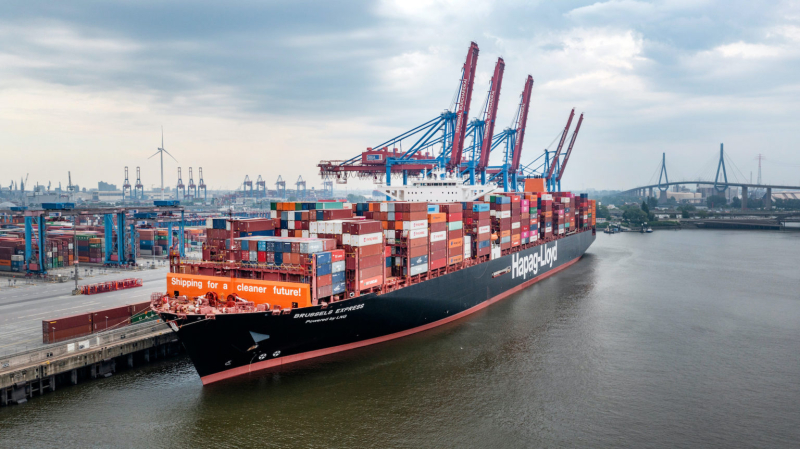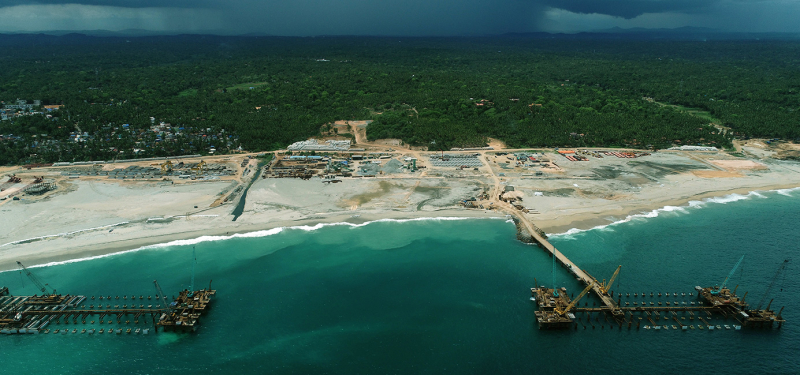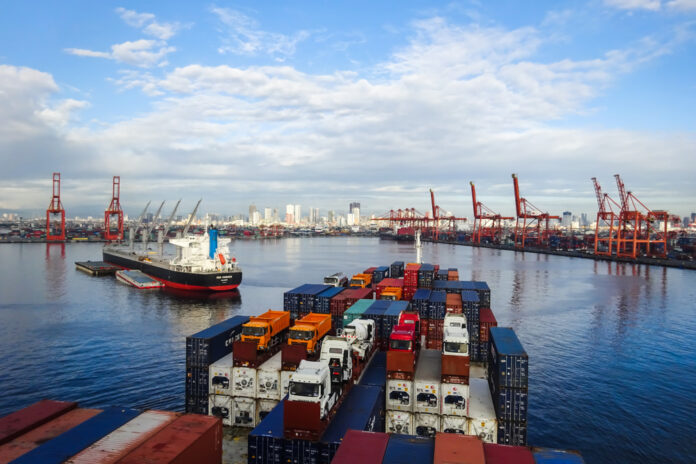
Vespucci Maritime CEO Lars Jensen said in a Baltic Exchange report that the alliance reshuffling is expected to result in short-term overcapacity in February.
This coincides with the usual post-Chinese New Year slack and would cause rapid declines in freight rates.
With strike action by US East Coast port workers averted on 15 January, Jensen wrote: “The next major event takes place from 1 February. This is when the new alliances come into effect and the carriers begin shifting their vessels into their new service networks. The timing coincides with the seasonal demand slump after Chinese New Year, which falls on 29 January this year.”
Mainline operators usually blank many sailings immediately after Chinese New Year in order to match the drop in demand.
On 10 January, the Shanghai Containerised Freight Index (SCFI) registered its poorest performance since October 2024, with Shanghai-North Europe rates losing 14% from the previous week, averaging US$2,440/TEU.
Data from Sea-Intelligence shows that until now, the announced number of blank sailings is wholly insufficient to compensate for the seasonal slump in demand.
Jensen continued: “Under normal market conditions, we would see a large amount of additional blank sailings being announced in the next week or two. However, the new alliance phase-in makes the situation opaquer this time.”
From a carrier perspective, it is difficult to both phase vessels into the new networks and at the same time, manage blank sailings effectively.
Jensen wrote: “Hence there is a risk that the carriers will prioritise getting their new alliance networks in place at the expense of managing the blank sailings as effectively as usual. This will cause some short-term overcapacity problems in early February which could lead to temporary rapid drops in spot rates.”
The early strengthening of the Asia-Europe market in December 2024 is consistent with the seasonality in this trade essentially happening a couple of weeks earlier than normal owing to the diversions around Africa.
In the Transpacific lane, the strengthening happened slightly later than for Asia-Europe but is also showing its usual seasonal uptick in preparation for Chinese New Year – combined with the front-loading of some cargo owing to the risk of the strike.
Jensen concluded: “Going further into 2025, the next unknown is President Trump’s actions on tariffs. Plenty of threats have been issued, but at the end of the day, it comes down to what, exactly, is being decided and implemented. When that is known, it also becomes more clear where, and how much, we will see front-loading of additional cargo as well as shifts in the supply chain.”



